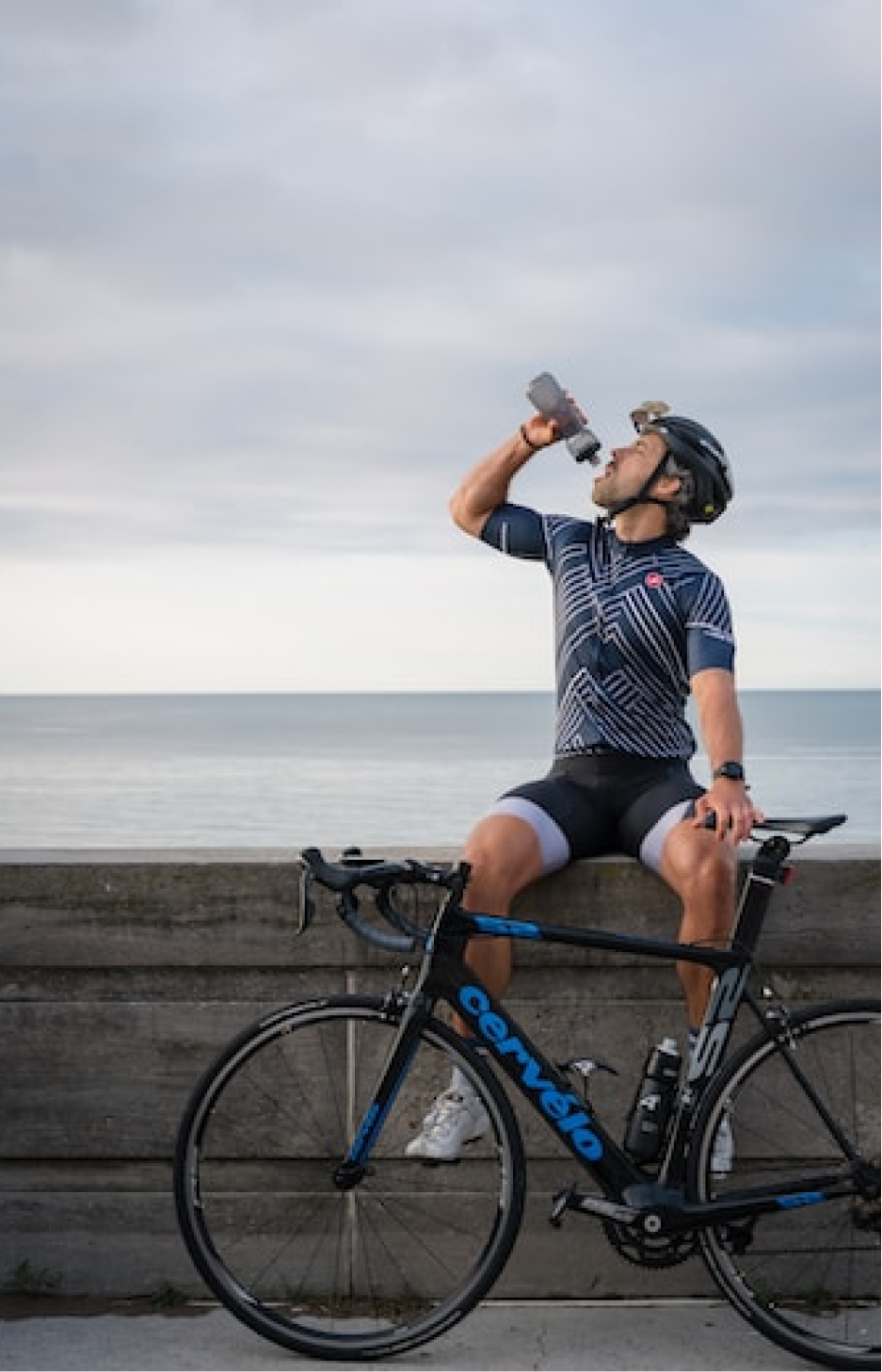It’s shocking how many female athletes are simply following training plans that are designed for men. Not only can this be seriously detrimental to performance, it can also have serious negative health implications.
The team at SYNRGY have partnered with Training Peaks to provide a bespoke cycling coaching service that specifically focuses on optimising training around the nuances of female physiology. In our latest blog Synergy share their findings.
Tracking Your Cycle:
If you track your menstrual cycle using apps such as Wild AI, often clear windows of opportunity start to emerge.
The Follicular phase is a low hormone phase during which the body is generally primed to take on stress and adapts well to hard training. This is a great time to do harder and/or high intensity workouts and heavy resistance training. Fuel wise, the body is primed to access stored carbohydrates, which is exactly the fuel you need for high intensity sessions.
Conversely, during the luteal (high hormone) phase, when oestrogen and progesterone start to rise, the female body becomes less resilient to training stress, the immune system is compromised and stored glycogen is less readily available. So, these few days are usually best spent at relatively low intensity (i.e. endurance riding). And during this phase the body is also in more of a “breakdown” state, so, it’s important to aim for 30 grams of leucine protein per meal and immediately post exercise.
If you can generally structure your hard workouts to coincide with the days you feel invincible and your easy workouts when you are feeling a little low, you are one step closer to elevating your cycling performance to the next level! The key here is tracking, being methodical and remaining consistent.
Oral Contraceptives?
Interestingly, we have also found that women on the pill have had great success when tracking their artificial cycles. In some ways it’s even more important to do so, given that fluctuations in energy levels and rate of perceived exertion are somewhat less predictable and comparable versus women who are naturally cycling. But the principle remains the same, try and seek out those days where you feel great, and use them to your advantage!



Training Around the Menopause
What stage of life you are in also dramatically impacts the training plan you should be pursuing. For example, menopausal women experience a decrease in lean muscle mass, decrease in VO2max and reduction in bone density (a woman’s bone density can decline up to 20% in the years following menopause). Powers of recovery fade and it becomes difficult to maintain a low body fat %.
What’s more, menopausal women’s bodies become more resistant to training stimuli as hormone levels decline; i.e., they have to train at a higher intensity to get the same training stimuli vs younger women. As a result, they need specialised training and nutrition guidance.
In particular, and contrary to popular belief, older female athletes should spend significant chunks of training time doing short, very hard explosive drills. These high intensity sessions, such as maximum 10 second sprints, help stimulate growth hormone and combat muscle and bone density loss.
Likewise, a complimentary gym program should be structured around cycling sessions. Veteran female cyclists should be doing heavy, high impact weight exercises- these will again help slow muscle degradation and bolster bone density.
With regards to nutrition, it’s important to have a higher intake of protein after exercise. Due to the fluctuation and decline of female sex hormones during the peri and post-menopausal years, protein can help the stimulation of muscle protein synthesis, a role which previously would have been played by oestrogen. It has also been noted that an increase in protein is essential for veteran female athletes to gain equivalent training adaptations to younger counterparts .
As a rough guideline, it is recommended that women aim for 1.7 – 2.4 grams of protein per kilogram of body weight per day. In menopause it is recommended that you aim for the higher end of that range (2.3 – 2.4 grams per kilogram per day) on heavy training days and towards the lower end on your easy days.

We Are Here to Help!
SYNRGY have an experienced, all female, world tour pro coaching team provide bespoke training plans for whatever stage of life you are in. Together with their partners at Training Peaks, they can ensure that you are fully supported, with daily contact, inspiration and motivation for making the most of your menstrual cycle in order to achieve peak performance.
Ride with Like-Minded Women
Our annual Girona Women’s Camp in open for reservations – we run the camp every May and it’s a great opportunity for a fun week working on fitness and bike skills in like-minded company.



